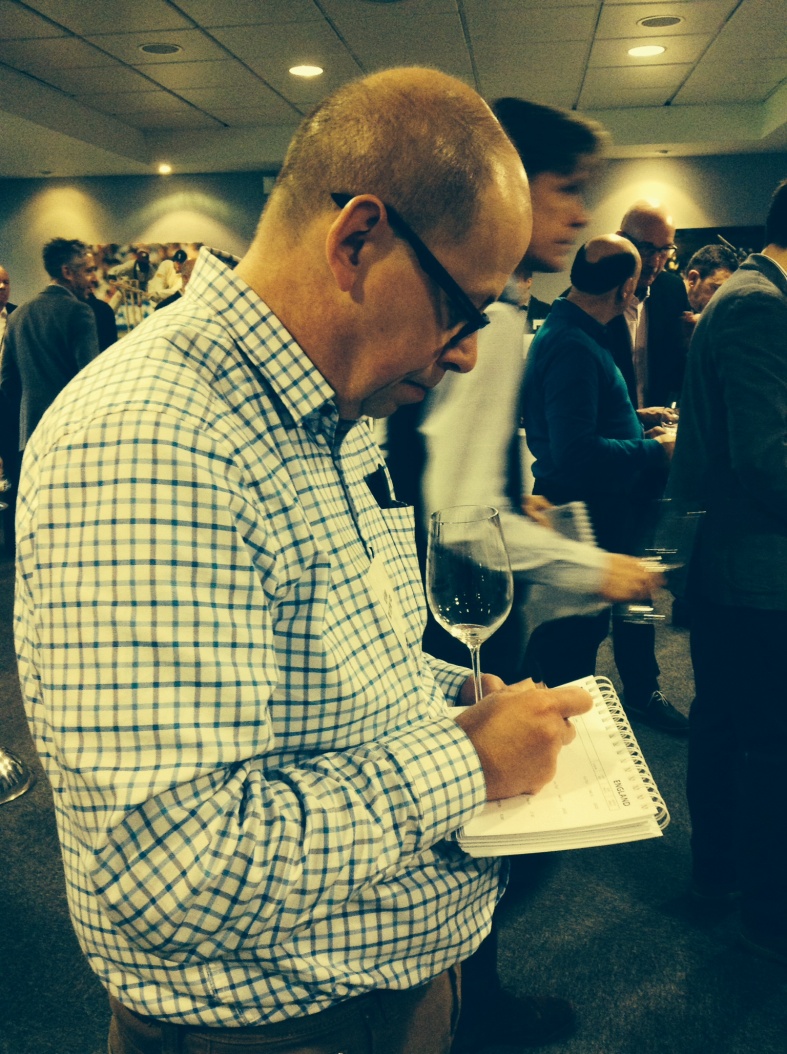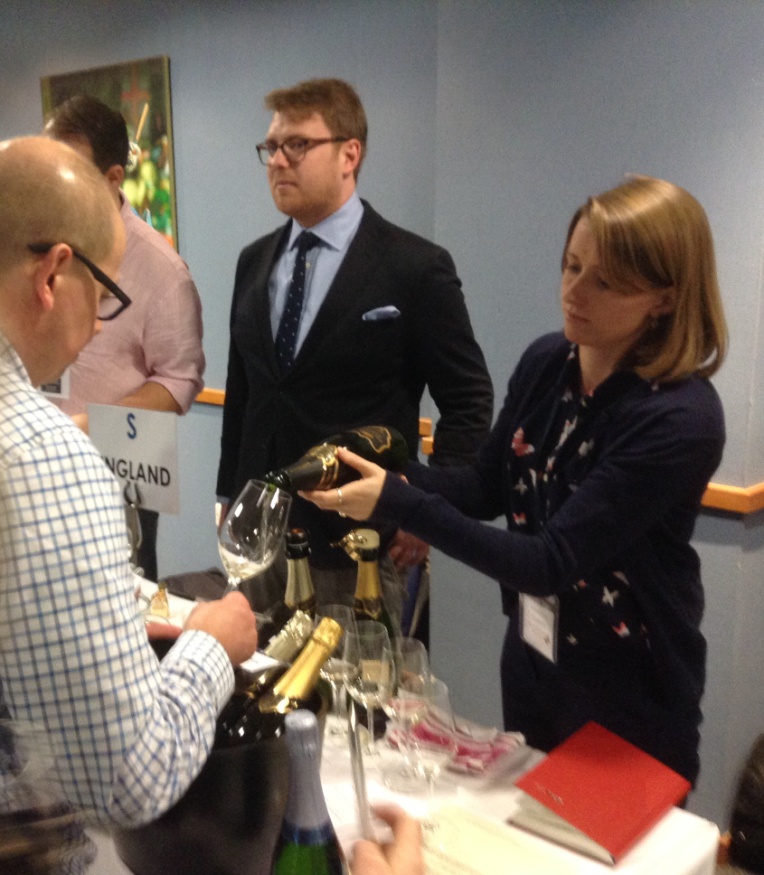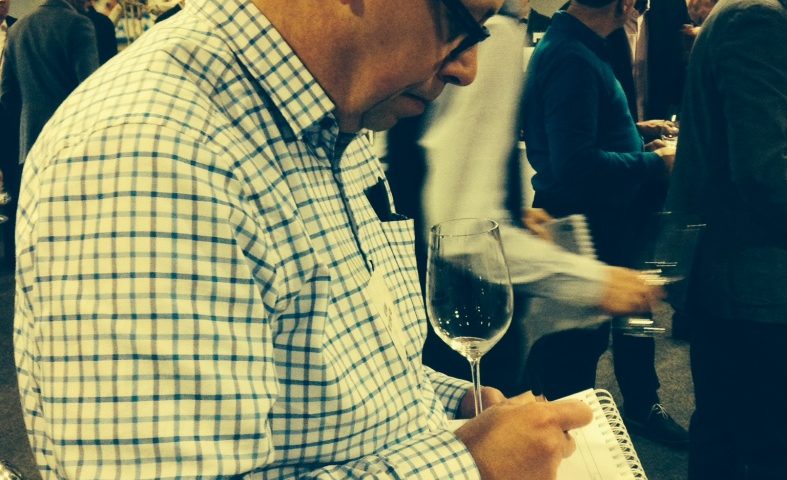[twitter style=”horizontal” float=”left”][fbshare type=”button” width=”100″]

I thought it long overdue to do an article on the practicalities of a day out wine tasting and searching for new wines to go on the Wine Trust list. In the UK trade there are clusters in the calendar when blocks of trade tastings take place – one of these is in the New Year, January to March.
It’s no surprise that the vast majority are held in London – and often at interesting venues. The one featured here was held at The Oval cricket ground; a few days later I was at The Royal Opera House, so you do get to see the sights! At this time of the year it means regular visits down to the capital.

So what does a typical tasting day entail?
- For a start never drive to the station – although we spit out all day – I still do not feel comfortable about getting into a car when you go to a wine tasting like this where you know you are going to try over 100 wines! So I cycle to the station, which doubles up as some useful exercise (especially after Christmas) and avoids the parking mugging (car park charges) at the station.
- Try and get there early before the crowds arrive. The picture below shows yours truly marching purposely towards a tasting table just after the event opened. An hour later it was heaving (by that I mean full of people not a reaction to tasting too much).
- Your palate is at its freshest and most analytical in the morning.
- Study the programme of wines the day before so you can formulate a hit list before you arrive – this will save a lot of time.

An early start at The Oval and working out your priority tasting plan and route - 5. Tables are usually highlighted by producer, or region/country. This tasting was a big tasting with over 500 wines on show so I knew there was no way I could sample them all. On a typical day and event of this size I plan to look at 150+ wines – after that your suffer palate fatigue – another reason why you need a hit list.
- Follow a regular tasting pattern if the tasting is mixed like this. Usually this is as follows:
- Start with sparkling wines – below, for example, I am at the English wine table where most of them were bubbly – as these wines get your palate going and into the swing. It was at this same event two years ago that I came across the excellent Coates & Seely Rosé, which is now on the Wine Trust list

Nick Adams MW at the sparkling wine table, first thing - Then onto red wines – now this might sound strange but starting with lighter bodied and lower tannic reds (this usually means European) lets them come nicely into focus at this time of the day. I usually start with lighter styles (which often means moving from table to table then returning back) then gradually onto richer, fuller bodied styles. It is a bit like starting out listening to ambient music and ending up on heavy metal!
- Then back to white wines, which then usually feature in a very fresh and invigorating manner after all those reds. Obviously dry to start with and again – if possible – from lighter styles to more oaky and full bodied
- Finally finish with sweet and fortified wines – if you started with these your palate would be thrown completely off piste.
- Take notes. I still like to take personal written notes – some people put them straight onto i-Pads or Lap tops which is a good idea, but I like to re read mine on the train journey home and highlight a short list for consideration for our Wine Trust list. On the above day I tasted 173 wines, so plenty to review and distil down into a shopping list.
- Consider value as well as quality. At this stage I am not overly worried about wine prices – it is all about quality and individuality and then we return for a harder look at price – and above all quality to price ratio – later on. We may also call in repeat samples to re-taste to make absolutely sure we are making the right selection. In effect, it is a “filter” process of tasting, re-tasting; evaluating and re-evaluating – either looking for something new and really exciting – or simply a better wine, or better value for money example, than could replace what we already have.
I suppose I am a bit like a kid in a sweet shop – it is hard work to do it properly but it is very enjoyable “work”. We are very lucky in the UK – it really is a vinous crossroads of a market, where producers from all over the world come to our door to show their wares. Thanks to their export outlook we get the chance to taste some truly fantastic wines and I would like to think that the best of these make their way – or force their way – onto the Wine Trust 100 list.
Above all I/we hope that you enjoy the fruits of this process, it is very important that we get our own customers’ comments and reviews so we can remain focused on searching out what you really enjoy and want to drink.
Cheers!
Nick.
[twitter style=”horizontal” float=”left”][fbshare type=”button” width=”100″]

